Peak season or “high-season” in European travel is considered to be the summer months in the Northern Hemisphere – June through August. This coincides with summer break for American families, leading to more family trips and a surplus of tourists.
Note that some warmer areas of Europe continue peak season pricing into September.
Pros of Peak Season Travel
Ideal weather – Whether you want to sunbathe at the beach in Positano or watch the bulls run in Spain, summer is like an open door of possibilities. If you don’t want to feel stuck inside due to rain and snow, you may opt for summer by default. It may be humid, balmy, and sweat-inducingly hot, but that’s ideal for beach lounging and outdoor fun.
Family-friendly – While the off-season is a wonderland for adults, summertime allows a sense of freedom for children. There will be more English-speaking tours and increased options for kid activities. Remember to gate-check the stroller, keep the schedule simple for your little tots, and reserve a few hours in the day for naptime or unstructured free time.
More events, festivals, and things to do – See a Shakespearean play at the London Globe Theater, eat Tapas in Barcelona, and swim in the Mediterranean Ocean off the coast of Italy. Overall, summer will keep your group busier with festivals like Tomorrowland, VeszprémFest, Pizzafest, San Fermin, and more. You will have the ability to tour vineyards, sail, hike, take city art and food tours, and live out your fullest plans!
The days are longer – The average day in Paris during the summer is almost 16 hours long. When I lived in the French countryside, I was shocked by the sun still being up at 9:30 or 10:00 p.m. at night. Some areas have 19 hours of daylight with only 5 hours of nighttime. It can be a bit jarring on the circadian rhythm, but it also widens the boundaries of your itinerary, giving you more time to hit your bucket list items.
More direct flights – Ultimately, summer will grant you more of everything – more to do, more to see, and more ways to get there. Demand directly affects flight frequency and rates. You’ll notice it’s easier to find non-stop flights to your destination but it will be at peak expensiveness. In the winter, you’ll find cheaper rates but longer journeys, generally with multiple layovers and stops.
Cons of Peak Season Travel
Higher prices – This is the most popular reason to avoid peak season, everything is at its maximum price point. Negotiations are less feasible and rates are firmly skyrocketed for airfare, accommodations, and excursions. You may end up spending half as much money by waiting 4-8 months and flying on a less popular day of the week.
Higher demand = Less availability – Booking in advance is the only way to travel in high season successfully. Keep in mind that reservations will be scarce and it might not be possible to see your most desired highlights.
More crowds – This one is polarizing, but some people can’t stand large hordes of people. You know if you are overstimulated by crowds or chaos. Due to summer vacation, kids will be running rampant and the local adolescents will have more freedom in Europe too. If this is a deterrence for you, opt for off-season or shoulder season. But consider that summer months are simultaneously more high-energy, fun, and lively!
Fierce heat – Especially in the southern countries, temperatures average 37°C (98.6°F) in the summer (Spain, Portugal, Italy, Greece, etc.) If 100-degree weather doesn’t appeal to you, consider an alternative time of year.
No air conditioning – Hilariously, Europeans do not believe in air conditioning. Not that it’s some mythical creature to them, but since it’s unnecessary most of the year and windows can be left open day-to-day, most old buildings will not be equipped with an A/C unit. It’s a cultural rejection of an expensive, noisy, freezing, and modern machine that doesn’t suit their historical vibe. I respect it… but encourage you to bring a hand-held fan and a lot of patience.
Tips for Peak Season Travel
Book European tours in advance – Since the masses will be flocking, you’ll need to book all reservations far in advance to ensure your expectations can be accommodated. Airfare and hotels should typically be booked 3-9 months out; dinner reservations and excursions should be booked 2-6 months out. The sooner, the better!
Stay as central to town as possible – To avoid long days of transfers by bus, train, or long walks, stay as close to the city as your budget allows. Often, the hotels and Airbnbs look like incredible savings, but you may end up spending the difference in long transports and sheer physical energy. It may be worth it to you to pay a bit more and not be riding the metro for 2-3 hours a day.
Research your destination specifically – Keep in mind that these can vary greatly from region to region. Summers in Spain can be referred to as ‘the frying pan of Europe’ due to its overwhelming heat, while Northern Europe can be more mild in the off-season because winters aren’t too cold.
Don’t fear the heat! – There’s a clear reason why so many travelers aim to visit during the summer months. It is debatably the most beautiful time of year in Europe and is opportune for beaches, river cruises, and outdoor activities. While the balmy climate may be a bit intimidating, you can take preventative measures like fans and cooling towels to cool down.
Check out Nordic or Colder Countries – If you do fear the heat, check out the Northern countries (Sweden, Germany, Poland, Finland, Denmark, U.K.), because it’s less warm and there are tons of fantastic summer activities and festivals! The average temperature this time of year is around 15.5°C (60°F) – 26.6°C (80°F).











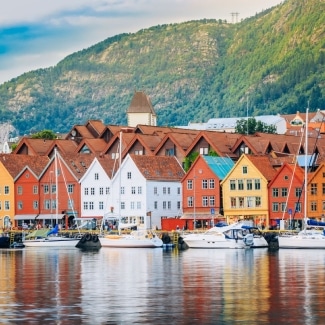

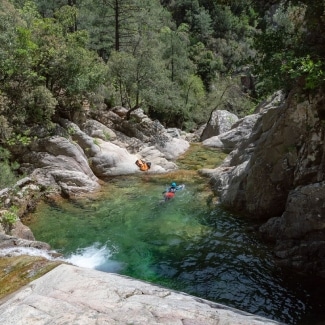
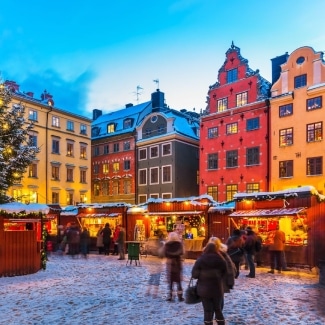


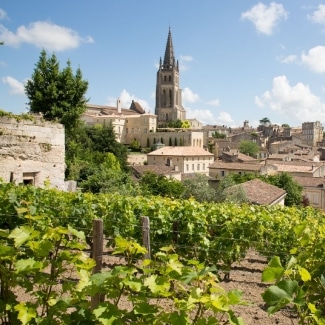


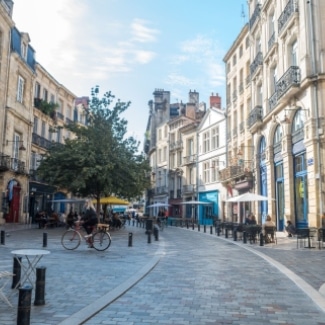




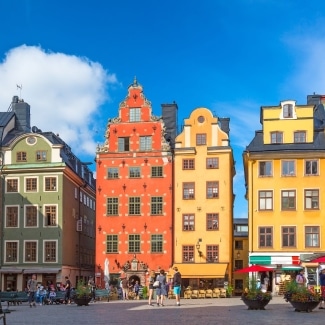
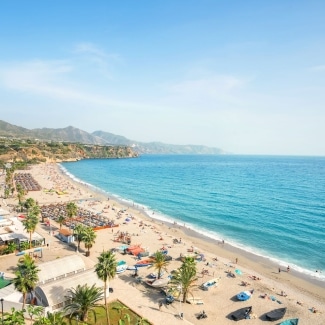





At this moment I am going to do my breakfast, after having my breakfast coming again to read further news.
my web-site; simplefx ログイン
Questo sito offre il reclutamento di lavoratori per lavori pericolosi.
I clienti possono selezionare operatori competenti per incarichi occasionali.
Tutti i lavoratori sono selezionati con cura.
assumi assassino
Attraverso il portale è possibile consultare disponibilità prima della scelta.
La professionalità rimane un nostro impegno.
Iniziate la ricerca oggi stesso per affrontare ogni sfida in sicurezza!